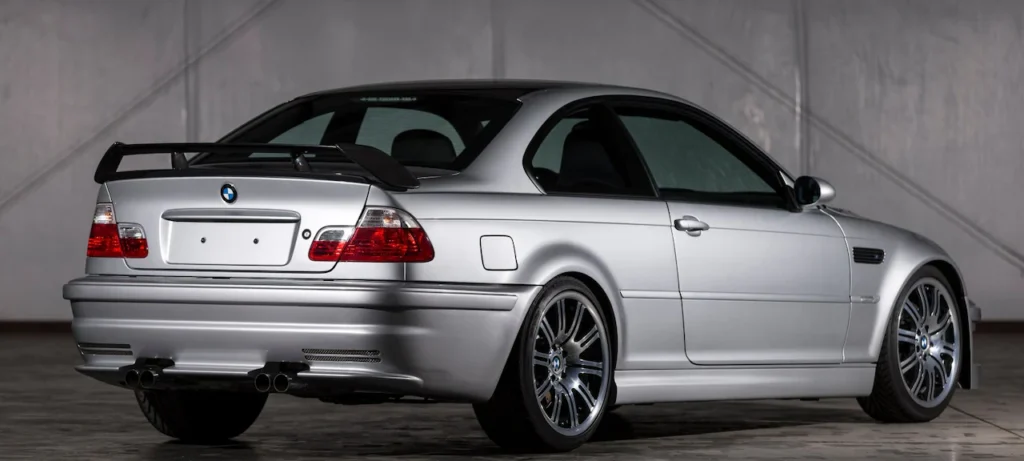Although extremely rare and now a young-timer, the M3 GTR Strassenversion is well-known to younger fans worldwide. This rare M automobile perhaps is best known from and owes most of its fame to Need for Speed: Most Wanted (2005) and even to an extent from the Gran Turismo series of games.
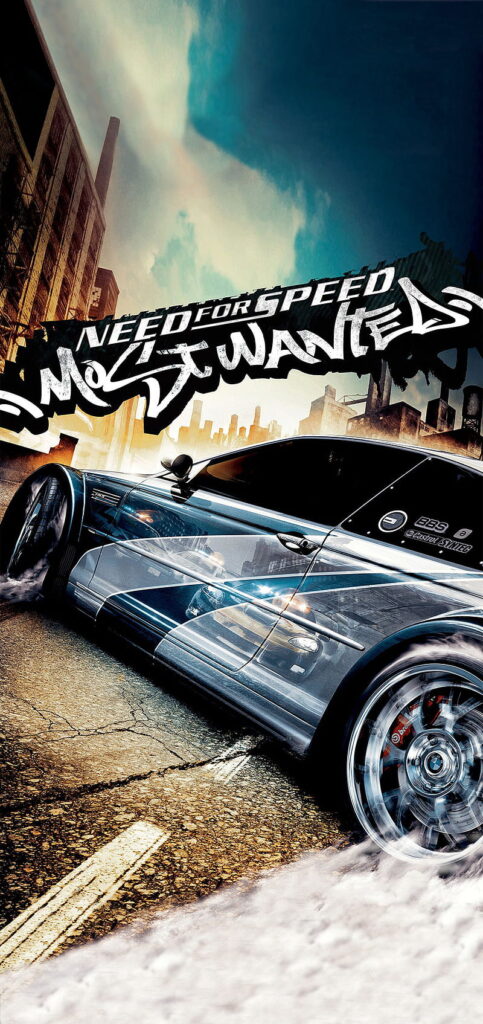
With the launch of the BMW M3 E46 in 2000, BMW M had already sent a strong signal to the sportscar market. Besides deployment in the European race series, the vehicle was also supposed to make an impression on US motorsport. An anything but an easy task, as the competition in the GT class was strong and experienced. The engine development engineers at BMW Motorsport soon agreed that a more potent power unit than the straight six of the series version would have to be used. The solution was the development of a compact, especially light V8 engine.
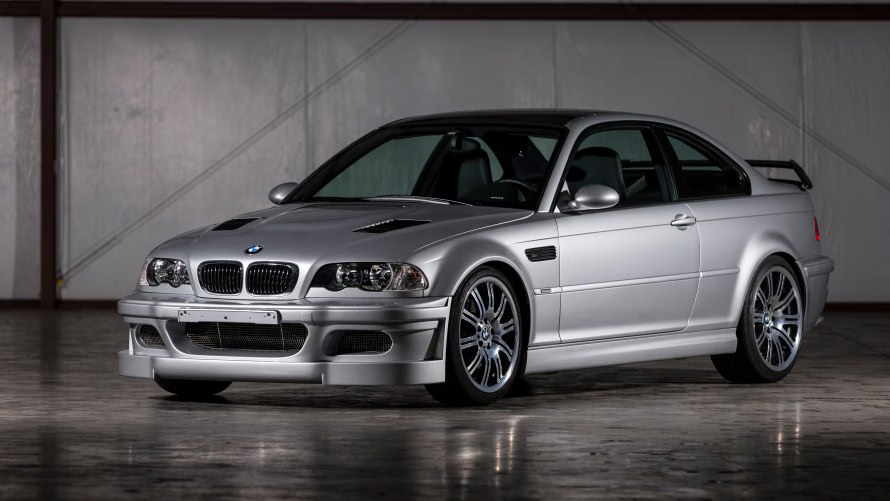
For the 2001 season, the race-capable BMW M3, officially called the BMW M3 GTR, was ready to roll. The team’s trump card was the 4.0-litre V8 high-performance engine with 460 HP. A full aluminium, naturally aspirated engine with a 90-degree bank angle, four valves per cylinder, four overhead camshafts, chain drive and mechanical bucket tappets. With this special high-performance power unit under the bonnet, the vehicle was intended to compete in a series-based racing category.
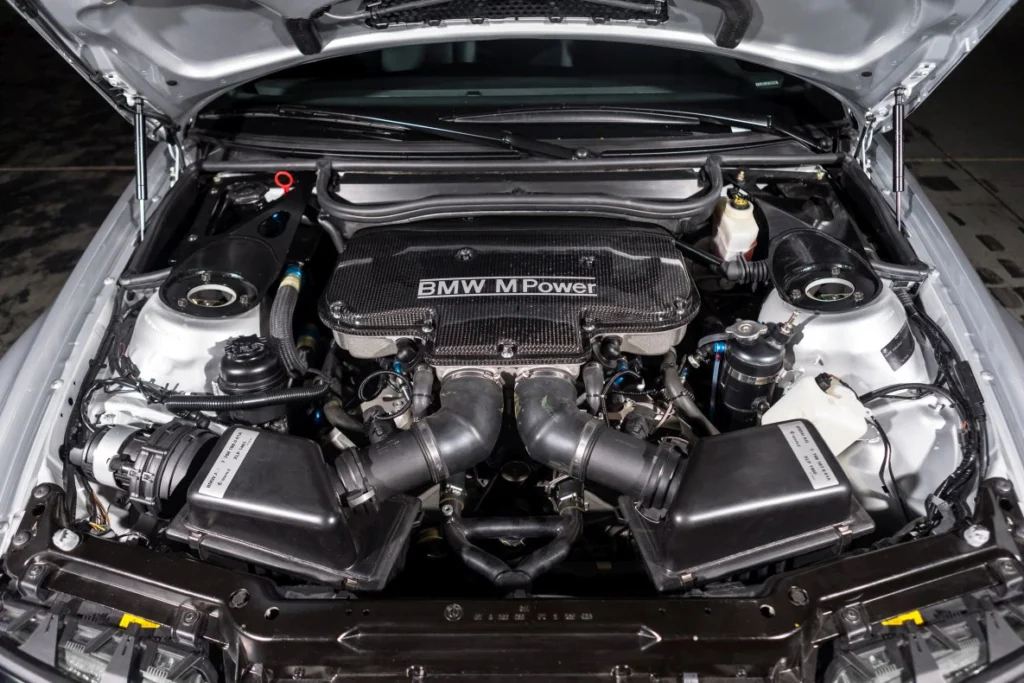
There was just one problem: The new engine wasn’t standard in any series version of the M3. Strictly speaking, the M3 GTR was a prototype and so didn’t fulfil the homologation regulations for the ALMS GT series. Thus, production and sales of a small series of street-legal M3 GTRs had to be undertaken.
(adsbygoogle = window.adsbygoogle || []).push({});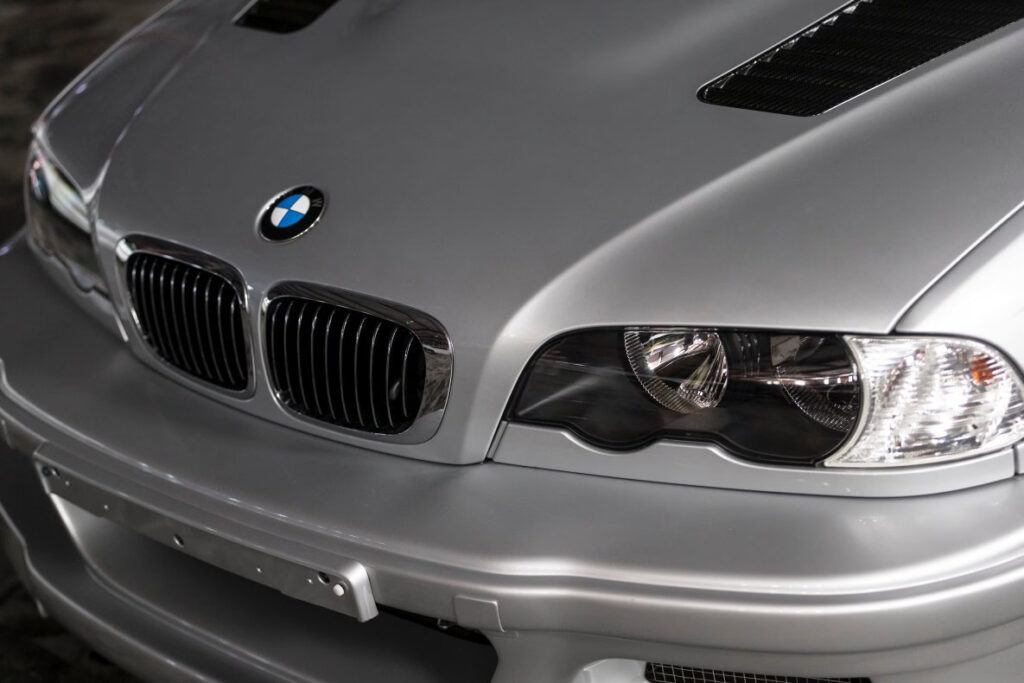
The time window according to the regulations was just 12 months. A tight schedule to get at least ten homologation vehicles finished after the presentation of the racing car. But the plan worked: BMW furnished proof of production just in time. Ten road-legal cars were produced. The debut of the M3 GTR Street followed at the Petit Le Mans event in Braselton, Georgia, in 2001.

The most important benchmark for the configuration of the BMW M3 GTR Strassenversion was the use of the same V8 engine as in the racing version – the P60B40. The car thus also adopted its competition-proved dry sump lubrication. Reliable and in compliance with the rules, the power unit from the race car could be watered down a little for use in the series version. The result was still a more than potent drive unit, which did its work with 350 HP under the characteristic bonnet.

The difference in performance was in particular necessary regarding noise and exhaust regulations. Side fact: This engine was never used for any other series model. In contrast to the race version with sequential transmission, the M3 GTR “Street” had a 6-gear manual gearbox with a two-disc motorsport clutch and a variable limited slip differential. While the basic version of the M3 generation of the time was limited to 250 km/h (280 km/h were optionally possible), the GTR had a mighty 295 km/h at its disposal.

Special features that identify the Strassenversion are longer front and rear skirts, along with the rear wing to optimize the aerodynamics. Like the roof, components that were made of carbon. The bottom line was an overall empty weight of just 1,350 kg. 185 kg less than the already light BMW M3 with manual transmission. At the front, the M3 GTR Street had a tyre/rim combination of 225/40-19 and 255/35-19 at the rear.

The M3 GTR Strassenversion, which was only available in Titan silver metallic, had a sleek and slim, all-black interior: By excluding comfort features, the two-seater sports car stayed on the heels of the BMW M3 GTR. The message in the sales leaflet sounds plausible: “Those who want to win, have to be able to do without – the puristic interior of a winner”. That also meant: no air conditioning, no radio and most definitely no rear seats.

In 2001, the BMW Motorsport M3 GTR achieved 1st and 3rd places in seven out of ten races in the ALMS GT series. Much to the annoyance of the competition. The reaction manifested itself in a demand to tighten the regulations. And they got their way: The definition of “series model” was changed from ten to a minimum of 100 homologation models which had to be produced. Thus, the withdrawal of the BMW M3 GTR was sealed – after just one very successful season in US motorsport. In Europe, the GT car still had a future: a few M3 GTRs were deployed with great success between 2003 and 2005, including at the 24-hour race on the Nürburgring.

At its presentation in 2001, the BMW M3 GTR Strassenversion sent a signal, in particular as regards price – and it wasn’t exactly a bargain: you had to shell out 250,000 Euro if you wanted to own this uncompromising driving machine. A lot of money for a BMW M3 – from today’s standpoint no bad investment.

The sports coupé is as legendary as a unicorn and highly sought after by collectors. It’s more or less impossible to get hold of one. This makes putting a realistic market price for an M3 GTR Street pretty well impossible. Moreover, it’s not entirely clear where the ten vehicles produced back then actually are and whether they were ever licensed for road use by their owners. And so the extraordinary M3 is still actively being driven today – if only on screen.
